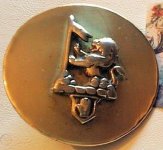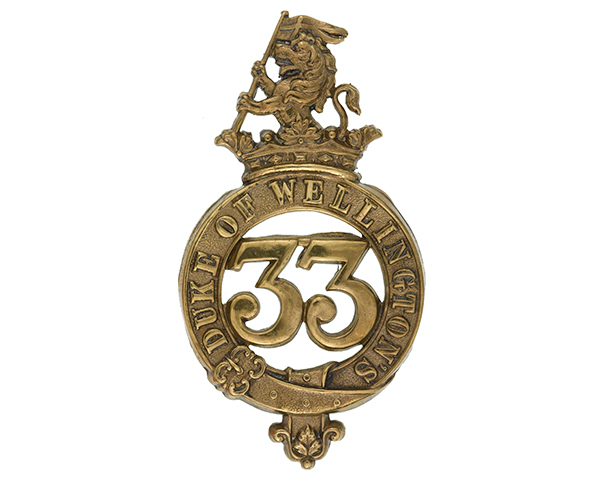Lost Signal
Hero Member
- Mar 5, 2019
- 654
- 2,302
- 🥇 Banner finds
- 1
- Detector(s) used
- Equinox 600, Garrett 400
- Primary Interest:
- Metal Detecting
Okay, I'm not sure what this is. It was caked with clay/dirt. I could see a little bit of silver along one edge, so I put it in some lemon juice and water and brushed it with a soft brush. I couldn't believe it when I saw the lion. There was some Revolutionary War action in the region and I assumed it had to be British military, but there is no regiment number and no text, so now I'm doubting it. Although, Insignia of Independence does show some cartridge bag badges that do not have any numbers or letters.
The site had a few tombac buttons but also early 19th century stuff.
The piece is copper alloy with a thick silver plate. It's slightly convex and probably had at least four prongs on the back that seem to have been worked off. The measurements are
3 1/2" X 2 5/8"
Any ideas?
The site had a few tombac buttons but also early 19th century stuff.
The piece is copper alloy with a thick silver plate. It's slightly convex and probably had at least four prongs on the back that seem to have been worked off. The measurements are
3 1/2" X 2 5/8"
Any ideas?
Attachments
Upvote
45











